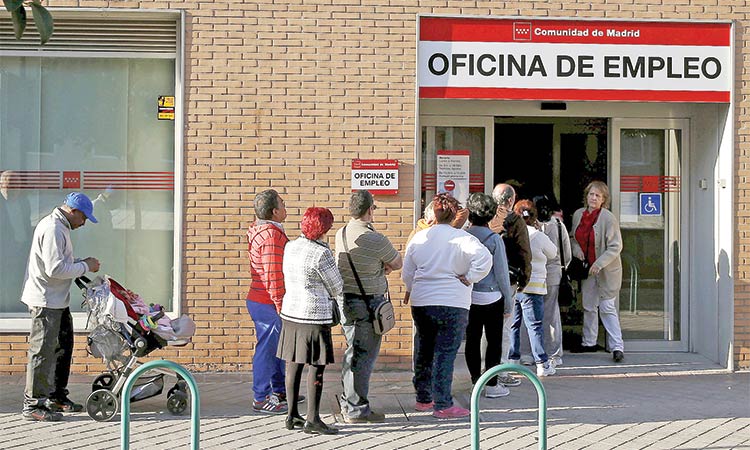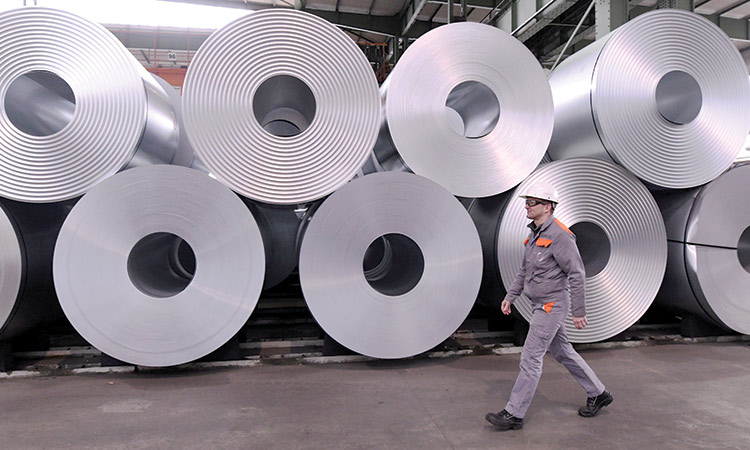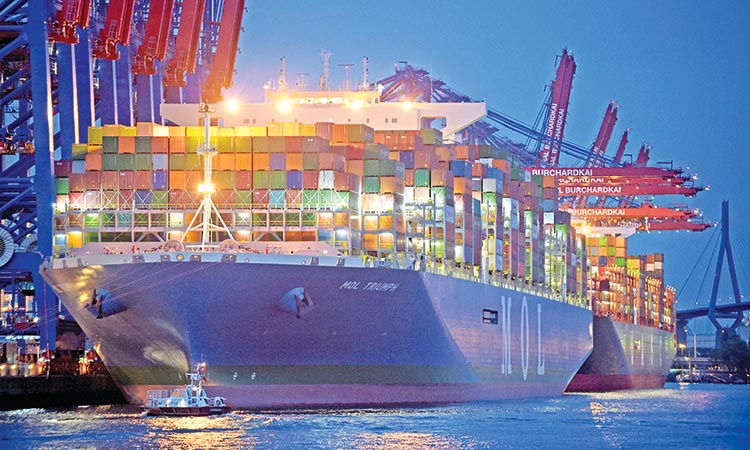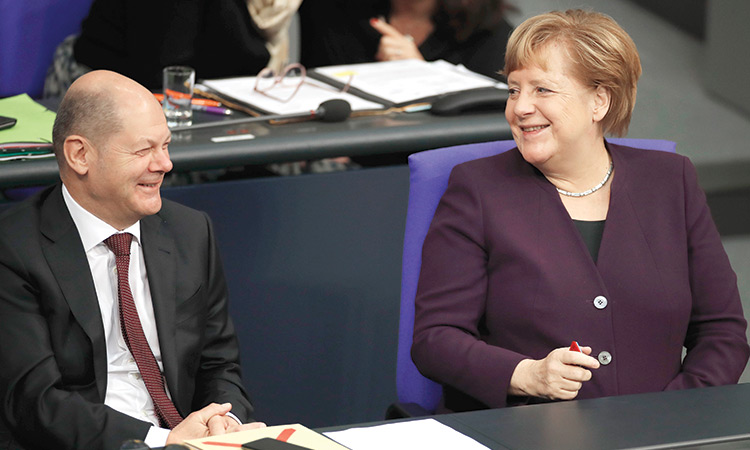Manufacturing weakness dents Germany’s labour market

A recession in the manufacturing sector prompted by slower exports has weakened Germany’s labour market.
Data from the Federal Labour Office showed the number of people out of work rose by 8,000 to 2.279 million in seasonally adjusted terms. That compared with the Reuters consensus forecast for a rise of 2,000.
A recession in the manufacturing sector prompted by slower exports has weakened Germany’s labour market, which has been the backbone of a consumption-led growth cycle. It has also resulted in weaker growth.
Friday’s data showed that the rise in unemployment was the highest since May. The jobless rate held steady at 5.0% - slightly above the record low of 4.9% reached earlier this year.
“The weak economic cycle is leaving visible marks (on the labour market)” said Labour Office head Detlef Scheele.
Combined with subdued inflation and rising government spending, the labour market should help Germany escape a recession this year despite a small rise in unemployment. The government forecasts a growth rate of 1.0% in 2020.
Separate data published on Friday showed that German inflation remained muted in December. EU-harmonised consumer prices rose by 1.5% year-on-year, which is bad news for the European Central Bank (ECB) but good news for German consumers.
The Statistics Office said that on average prices rose by 1.4% last year compared with 2018, keeping German inflation well below the ECB target level of close to but below 2%.
Economists expect unemployment to rise slightly this year. Yet a strong services sector should see more Germans entering the labour market.
“The employment trends should weaken but as long as it’s predictable 2020 should set a new employment record and real wages should rise,” said Martin Mueller of KfW bank.
He forecast the workforce would expand by 200,000 to 45.4 million and that unemployment would rise by 50,000, pushing the jobless rate up to 5.1%.
“This prognosis is valid barring serious setbacks for the economy,” added Mueller. “The risks for the economy are considerable. They include the trade conflict between the United States and China and the risk of a hard Brexit.”
Renewable energy’s share of Germany’s overall power supply mix rose by 5.4 percentage points last year to 46%, data from Europe’s biggest state-funded research and development service showed.
Europe’s biggest economy is aiming for renewables to provide 65% of its power mix by 2030. It says it will abandon nuclear energy by 2022 and is devising plans for an orderly long-term exit from coal.
Out of last year’s total power production of 515.6 terawatt hours (TWh), solar, wind, biomass and hydroelectric generation together produced 237.4 TWh, according to data from the Fraunhofer organisation of applied science.
Green power output was up 7% year-on-year, and increased its share of total production from 40.6% in 2018 and 38.2% in 2017, helped by ongoing capacity expansion.
Coal burning accounted for 150.9 TWh last year, a 29% share of the overall market, down from 38% in 2018.
Electricity generation from fossil fuels has dropped as green power is given priority entrance to Germany’s grid system, and as power demand has declined due to mild weather and ongoing efficiency drives.
The cost of mandatory carbon emissions allowances covering coal-to-power output has also risen by 57% to 24.8 euros a tonne.
Last year wind power, both onshare and offshore, produced 127.2 TWh, taking a 24.6% share of the total mix. That was up 15.7% year-on-year, overtaking domestically mined brown coal — which yielded 102.2 TWh, or 19.7% of the total — as the biggest single power source.
Solar panels produced 46.5 TWh, 1.7% more than a year earlier, to give solar a 9% market share. Biomass producers generated 44.4 TWh or 8.5% of the market, while hydropower plants produced 19.2 TWh, or 3.8%.
Green power sceptics say higher output reflects favourable weather patterns and does not fully prove the sector’s contribution to secure energy supplies.
In the conventional energy mix, plants run on imported hard coal generated 48.7 TWh or 9.4% of the total, gas-to-power generation amounted to 54.1 TWh or 10.5% of the market, and nuclear energy 71.1 TWh, or 13.8% of the mix. A small remainder came from oil and waste burning.
Agencies







